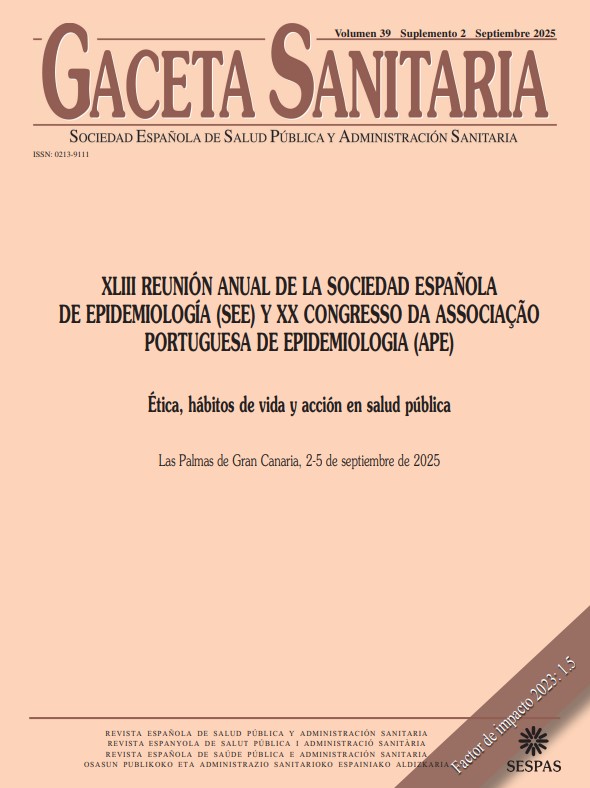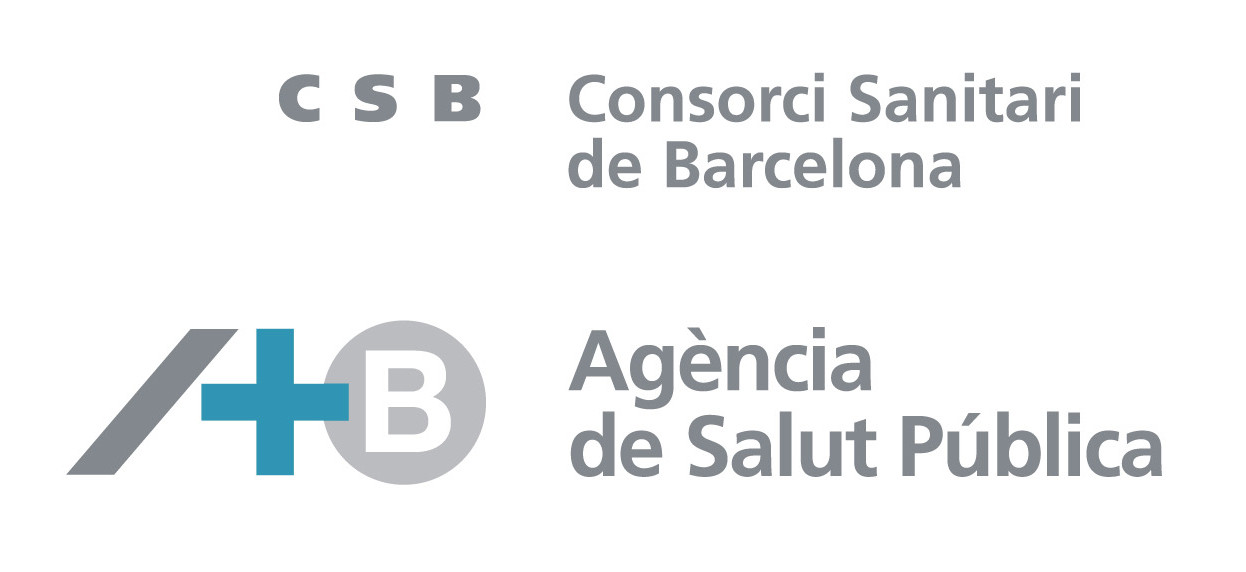916 - COMMERCIAL DETERMINANTS OF HEALTH AND HEALTH OUTCOMES IN OECD COUNTRIES
Epidemiology Service, Instituto Português Oncologia do Porto Francisco Gentil; EPIUnit ITR, Institute of Public Health of the University Porto, University of Porto; Departamento de Ciências da Saúde Pública e Forenses, e Educação Médica, Faculdade de Medicina, Universidade do Porto.
Background/Objectives: Industries like tobacco, alcohol, ultra-processed foods, and fossil fuels influence policies and contribute to a third of global deaths. Commercial determinants of health (CDoH) can, thus, be framed as risk factors for different non-communicable diseases, and key components can be used to rank countries’ exposure to these determinants and explain different epidemiological patterns. This study aimed to estimate the association between exposure to CDoH and the prevalence of alcohol and tobacco use, overweight and obesity, in OECD countries.
Methods: This ecological study adapted Lee K. et al. framework, with 16 indicators to measure CDoH, and analyzed its correlation with health outcomes, from 1990-2022. Using the intercept and slope values, calculated using linear mixed-effects model, we determined clusters of countries with similar levels of CDoH, using hierarchical clustering with Gower distance. Linear mixed-effects models were developed to correlate the clusters with the prevalence of tobacco, alcohol, overweight, and obesity concerning the year and cluster probabilities.
Results: We identified four clusters: cluster 1 characterized as less neoliberal, according to this framework, and cluster 4, the most neoliberal. When compared to cluster 1, clusters 2 and 3 had higher tobacco prevalence (+6.14% and +7.65%, p < 0.05, respectively) and clusters 2, 3, and 4 had slower prevalence decline (p < 0.05). Clusters 3 and 4 had a lower prevalence of alcohol use (-9.27%, p = 0.036 and -46.71%, p < 0.05, respectively), but no significant prevalence trends. There were no significant differences in overweight and obesity prevalence across clusters, yet overweight prevalence increased more slowly in cluster 2 (p < 0.05) and faster in clusters 3 and 4 (although not statistically significant). There were no significant obesity prevalence trends by cluster.
Conclusions/Recommendations: Countries with higher neoliberal characteristics seem to have higher tobacco use prevalence and slower declines over time, but regarding alcohol consumption, overweight or obesity results are less consistent. This suggests that corporate interferences may hinder progress in tobacco control but other structural - cultural, economic or social - factors beyond immediate CDoH may also contribute to these epidemiological patterns. This study also shows the limitations of measuring CDoH, as this framework does not assess differences between policies’ adoption and implementation, while not considering economic factors as confounding measures.















